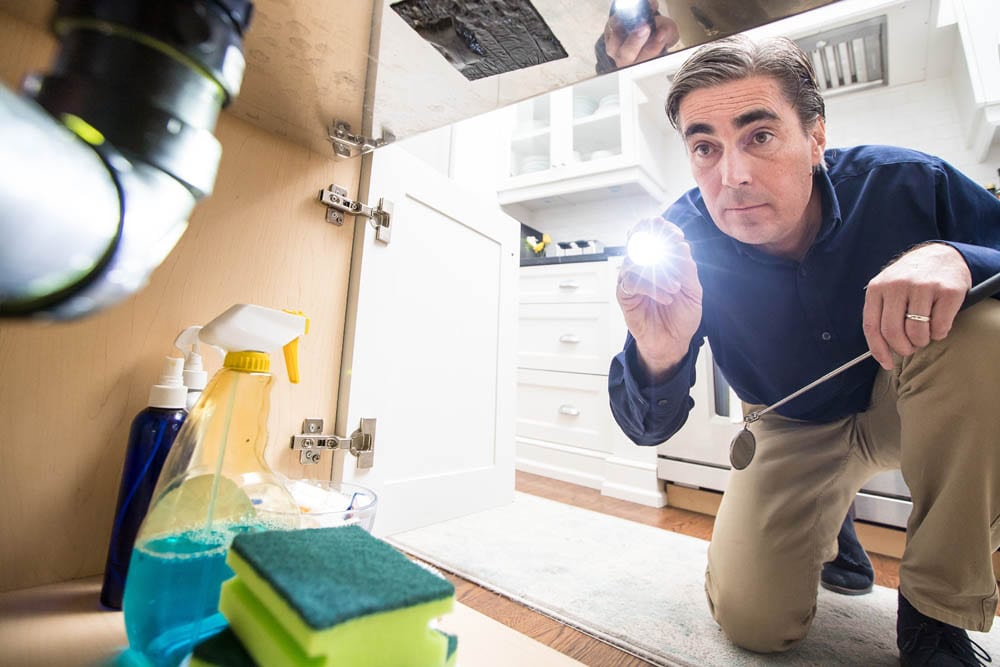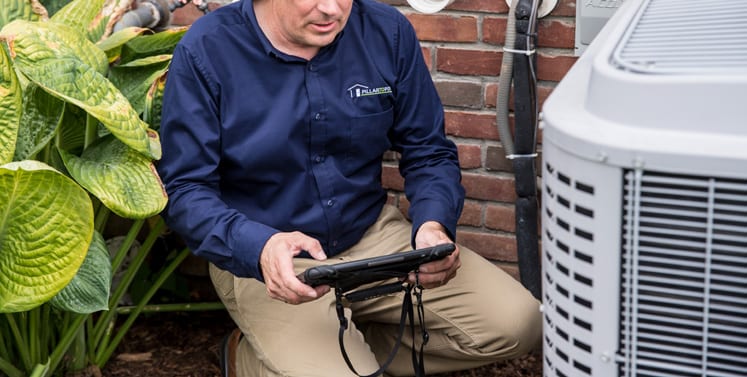
September is Realtor Safety Month. The safety of Realtors is paramount to all of us at Pillar To Post, so this issue of Post Notes reminds brokers, agents and their teams how to stay safe, especially when day-to-day business activities return to normal.
Showing Empty Properties
Take these smart steps to protect and empower yourself against attack or theft.
- Be sure to use the lockbox property–key procedure that has been established to improve real estate agent safety so that keys don't fall into the wrong hands.
- Show properties before dark. If you must show a property after dark, alert or bring along an associate, turn on all lights as you go through, and don't lower any shades or draw curtains or blinds.
- Check in with someone on your team once an hour to let people know where you are.
- Prepare a scenario so that you can leave, or to encourage someone who makes you uncomfortable to leave. Examples: Your cell phone went off and you have to call your office; you left some important information in your car; another agent with buyers is on his way.
- When showing a property, always leave the front door unlocked for a quick exit while you and the client are inside. As you enter each room, stand near the door.
- Lock your purse in the car trunk before you arrive. Carry only nonvaluable business items (except for your cell phone), and do not wear expensive jewelry or watches, or appear to be carrying large sums of money.
- Park at the curb in front of the property rather than in the driveway. It is much easier to escape in your vehicle if you don't have to back out of a driveway. And while parked in a driveway another vehicle could purposefully or accidentally trap you.

Top 10 Tips for Personal Safety
- Touch base. Always let someone know where you're going and when you'll return. Arrange for someone from your office to call you to check in.
- Don't get lost. Always know the exact address of where you're going. If you use a navigation app, pull over and stop in a safe place if you've made a wrong turn.
- Sense your surroundings. Is there questionable activity in the area of a property you're showing? Is anyone loitering? Follow your instincts if you feel you should leave.
- Don't go it alone. Have an associate or other colleague host open houses with you.
- Limit the view. If you're working late, use window coverings so that you're not visible to passersby or a potential attacker.
- Go on the defense. Learn some self-defense skills. Many health clubs, martial arts studios and community colleges offer basic classes.
- Choose flight over fight. While self-defense is a good idea, the primary goal in any threatening situation is to escape from immediate danger and call for help.
- Park for protection. Always park in a well-lit, visible location whether you're parking at your office, an open house, or an empty property.
- Make calling for help easy. Program important numbers into your cell phone, including your office, roadside assistance and 911.
- Know who you're dealing with. Ask for ID, take a photo of a client's license plate. A criminal won't be comfortable with this and may be thwarted.

Office Safety Action Plan
Personal safety in the office is important to everyone. Here are some key elements for your office safety action plan.
Initial meeting with clients
Hold the first in-person client meeting in the office rather than at properties, out of doors, or at home. It’s also a good idea to introduce them to a colleague on site.
Client ID
All first-time clients must provide a driver’s license, state ID or other official photo ID. The office will retain a copy of the ID for security purposes. You can download a Client Profile Form at www.beverlycarterfoundation.org.
Distress code
Implement a verbal distress code—a secret word or phrase that can be casually worked into conversation if you feel threatened and the person you are with can overhear your conversation.
Buddy system
If you’re uncomfortable meeting with clients alone request another agent or employee to accompany you.
Privacy first
Keep personal information private. Don’t discuss where you live, or your after-work or vacation plans in front of prospective clients, new colleagues or anyone with whom you’re not comfortable.
Limit access
Make sure all doors other than the main entrance door are secured, and have a clear exit route from the front desk to the door.
Solo security
If you encounter a stranger while working late or alone, say something like “My supervisor will be right with you.” to give the impression you’re not there alone.
Be aware of surroundings
Get to recognize the staff of other nearby businesses and be aware of their schedules. This will benefit everyone.
Sources: NAR, Beverly Carter Foundation

A Note for Our Times
Pillar To Post Home Inspectors is always committed to the health and well-being of our clients. This is especially true during this time of Covid-19. We remain committed to provid-ing the highest quality home inspection while adhering to the strict safety and cleanliness guidelines provided by the CDC and local governments.
- Inspectors are prepared with PPE to keep everyone safe
- Home Inspection Reports can be presented virtually or printed on-site
- Your clients can choose not to attend or only attend the last hour of the home inspection
- Online and/or contactless payment options available on request
While our processes may have changed, our commitment to ensuring confident home ownership has not. Our job is not complete until you no longer have questions concerning the home you have asked Pillar To Post to inspect.

Pillar To Post Home Inspectors is pleased to provide this information for the safety and well being of Realtors. We hope you find this Special Issue useful for yourself and your team. Please stay safe.
Experience the Pillar To Post Difference. Schedule your next home inspection today!



 icon and select "Add to Home Screen".
icon and select "Add to Home Screen".













